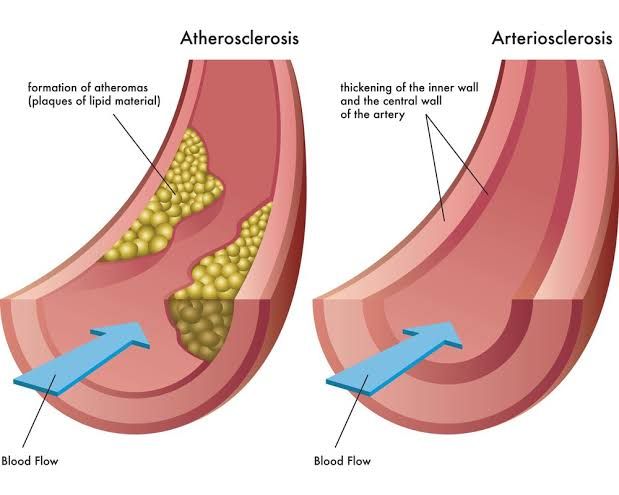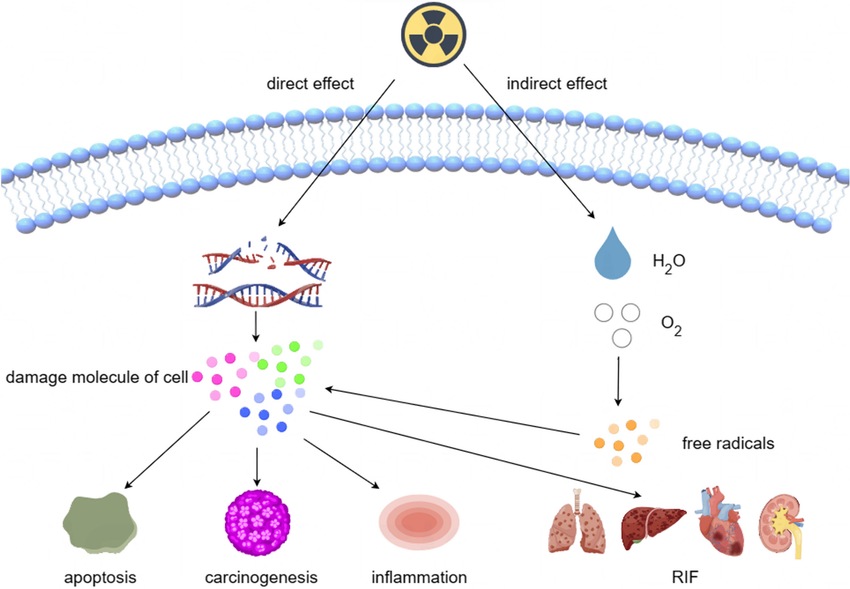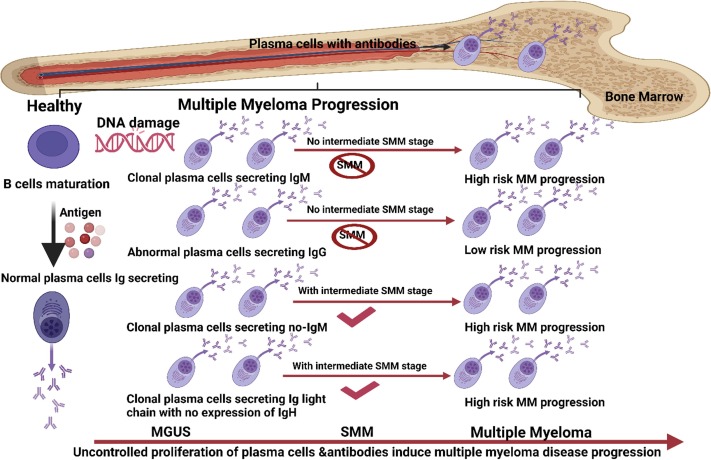
Definition of Arteriosclerosis
Arteriosclerosis refers to the general term for the thickening, hardening, and loss of elasticity of arterial walls. It is a broad category that encompasses several conditions affecting arteries, leading to reduced blood flow and increased vascular resistance. This condition can involve large, medium, or small arteries and is often associated with aging and various pathological processes.
Morphologic Variants of Arteriosclerosis
The three main morphologic variants of arteriosclerosis are:
- Atherosclerosis (AS): A chronic inflammatory disease characterized by the formation of atheromatous plaques within the intima of large and medium-sized arteries. These plaques consist of lipids, inflammatory cells, smooth muscle cells, and connective tissue components.
- Medial Calcific Sclerosis (Monckeberg’s Sclerosis): This variant involves calcification of the tunica media (middle layer) of muscular arteries without significant luminal narrowing. It is more common in older individuals and does not typically cause clinical symptoms unless severe calcification leads to arterial stiffness.
- Arteriolosclerosis: This affects small arteries and arterioles and has two subtypes:
- Hyaline Arteriolosclerosis: Characterized by homogeneous pink hyaline thickening of arteriolar walls due to plasma protein leakage and increased extracellular matrix production.
- Hyperplastic Arteriolosclerosis: Characterized by concentric laminated (“onion-skin”) thickening of arteriolar walls due to smooth muscle cell proliferation and basement membrane duplication.
Pathological Features and Disease Associations
1. Medial Calcification (Monckeberg’s Sclerosis)
- Pathological Features: Calcification occurs in the tunica media without inflammation or significant luminal narrowing.
- Disease Associations: Commonly seen in elderly individuals or patients with diabetes mellitus or chronic kidney disease. It may lead to arterial stiffness but rarely causes ischemia directly.
2. Hyaline Arteriolosclerosis
- Pathological Features: Homogeneous eosinophilic hyaline material accumulates in the vessel wall due to plasma protein leakage across injured endothelium.
- Disease Associations: Associated with chronic hypertension, diabetes mellitus, and aging. It contributes to ischemic injury in organs such as the kidneys (e.g., benign nephrosclerosis).
3. Hyperplastic Arteriolosclerosis
- Pathological Features: Concentric “onion-skin” thickening caused by smooth muscle hyperplasia and basement membrane duplication.
- Disease Associations: Typically seen in severe (malignant) hypertension. It can lead to acute ischemic damage in organs such as the kidneys (e.g., malignant nephrosclerosis).
Definition of Atherosclerosis (AS)
Atherosclerosis is a specific type of arteriosclerosis characterized by chronic inflammation and lipid accumulation within the intima layer of large- and medium-sized arteries. This leads to the formation of atheromatous plaques composed of lipids, inflammatory cells, smooth muscle cells, necrotic debris, calcium deposits, and fibrous tissue.
Gross Features of Atherosclerosis
- Fatty streaks: Early lesions appearing as flat yellow streaks on arterial walls.
- Fibrous plaques: Raised white-to-yellow lesions with a firm consistency.
- Complicated plaques: Advanced lesions showing ulceration, hemorrhage into the plaque, thrombosis on its surface, or calcification.
Histological Features of Atherosclerosis
- Intimal thickening due to accumulation of lipid-laden macrophages (foam cells), smooth muscle proliferation, extracellular lipid pools, necrotic cores containing cholesterol crystals (“cholesterol clefts”), calcifications, and fibrous caps made up primarily of collagen.
- Chronic inflammation involving macrophages, T-cells, foam cells derived from monocytes/macrophages.
- Neovascularization at the periphery of advanced plaques.
Complications and Effects of Atheromatous Plaque
The complications arising from atheromatous plaques include:
- Ischemia: Progressive narrowing reduces blood flow leading to ischemia in downstream tissues or organs (e.g., angina pectoris from coronary artery disease).
- Thrombosis: Plaque rupture exposes thrombogenic material leading to clot formation that can occlude vessels completely (e.g., myocardial infarction or stroke).
- Embolization: Fragments from ruptured plaques can dislodge into circulation causing distal embolization.
- Aneurysm Formation: Weakening of vessel walls due to chronic inflammation can lead to aneurysms that may rupture catastrophically (e.g., abdominal aortic aneurysm).
- Hemorrhage into Plaque: Rupture or erosion may cause intraplaque hemorrhage worsening luminal narrowing.
- Calcification & Stiffness: Advanced plaques undergo calcification contributing to arterial stiffness which increases systolic blood pressure.
- Organ Damage/Failure: Chronic ischemia caused by progressive stenosis can result in organ dysfunction such as renal failure from renal artery stenosis or claudication from peripheral artery disease.







